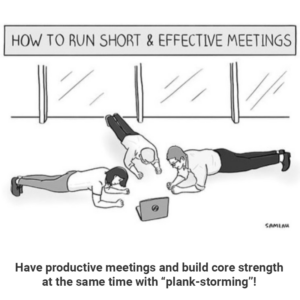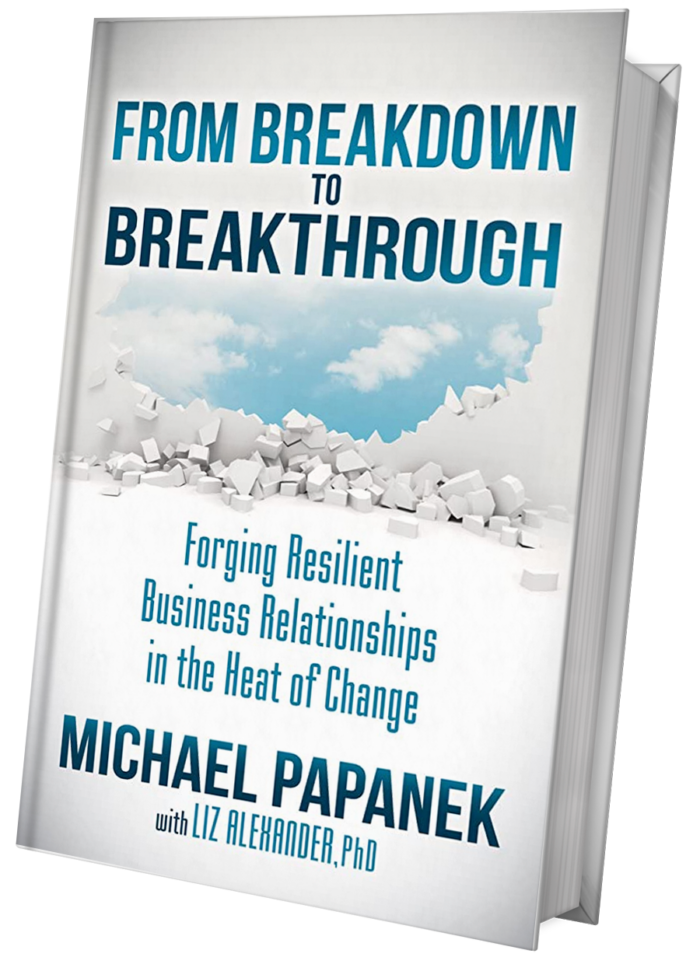When I started executive and leadership coaching in the 1990s, as an add on to my leadership workshop training business, it was mostly something new. Clients asked for 1:1 time to discuss what they learned in the workshop and how to best apply it in their situation.
Now coaching is a multi-billion-dollar global industry, with thousands of coaches working with as many leaders, from brand new supervisors to the most experienced executives.
For all the investments made, we have learned there are some critical, basic strategies to follow to insure you get the maximum “ROI” from a coaching engagement.
Who Should Get Coaching?
One of the most important decisions you make, before you even find a coach and launch a coaching engagement, is deciding who should even have a coach?
Provided a coach to the right person, at the right time for the right reasons will go a long way in making sure you realize the – often – profound benefits from successful leadership coaching.
The success of any coaching engagement depends mostly on sufficient internal motivation to improve, so that the person being coached will invest fully in the process – they must want the outcome. Coaching cannot be imposed on someone and will almost never lead to any substantial change or real improvement if forced on the leader. Counseling from supervisors or HR experts can be used for those times when a coach is not appropriate.
Your manager can provide access to a coach, and the person’s manager is key in supporting change, but – in the end – the person must want to change themselves and desire a different future state, with benefits for them, not just for the team or organization.
Motivations vary:
- Foundational Coaching – the person is new to management or leadership and needs the basics of moving from individual team member to leader.
- Transitional – the person is now leading an innovation effort, growth initiative or other large-scale change.
- Executive/Middle Manager – the leader is now taking on corporate or organizational/global scale responsibilities, and/or managing of other managers.
- Executive – the leader is taking on a c-suite level role leading the company or key division or function.
- Stakeholder Centered Coaching – the leader has received input from stakeholders on a need to change, which the leader would like to address.
When is Coaching Most Effective?
In the process of coaching, the individual, with the support of their coach, will need to set specific goals for gaining and applying new skills and capabilities. They will need “real life cases” where they can try out new skills and ways of thinking. If a person is not facing any growing scope of work, or new role, or new goals or challenges, coaching will be like talking about skiing, but never going to the slopes!
21st century coaching is expected to be more than academic learning, but should be immediately applicable for better impact on business results. The coaching should be timed so that there will be opportunities to try new things and implement changes to your leadership style as you go.
Coaching can be very impactful if provided at the right time:
- Promotion Preparation – This leader has recently not been selected for a role they wanted. Coaching can be used to prepare the leader and improve their internal “brand,” so they are both qualified for the next opportunity, and have good relationships with the decision-makers.
- After Promotion – Coaching can be provided as the leader takes on a new or expanded role, so the leader gets off to the right start and uses their “first 100 days” as wisely as possible.
- Closing the Gaps – This is often a very effective leader with a good track record of performance, but there are a few areas that are holding them back and they will be “stuck” in their current role if those gaps are not closed.
- Reinvention and Transformation – Sometimes in a rich and successful career one must take on roles that are not in the leader’s current knowledge or capability. Maybe leading a new region of the world, or a new function within the company that the leader is not accustomed to or expert at. Coaching will help apply their strengths to maximum benefit in the new situation.
Why Do Coaching?
Ultimately, the purpose of coaching is to accelerate the self-development of the leader, so they can achieve new outcomes for themselves, their teams and their organizations.
This positive vision of the future is reached more quickly with a coach, with more flow and success for the leader – in whatever ways are most important to them. Most coaching is not in any way “corrective” or a means to solve a performance problem or issue. Sometimes a coach can be helpful in those situations, but most coaching is to provide support to great leaders who have yet to fulfill their full potential. Most coaching is not focused exclusively on financial goals, though increased compensation due to higher performance may be part of the outcome, depending on the role.
We sometimes call the people being coaching “HiPo’s”, which is short for “high potentials,” who are offered coaching because it will help them grow and be even better, sooner. They are not “in trouble” but are individuals management as decided are worth the investment of a coach, with the expectation this will pay off for the company in the form of higher performance and new achievements.
How We Do Coaching Now
In the new 2024 world of coaching, we have learned that a few key processes must be in place to be happy with the result. In 30 years I have learned we do not need very much oversight or bureaucracy, but just the right amount of process discipline can go a long way.
The problem is it can be hard to evaluate the coaching process to make sure it’s working and is worth the cost. For many years this was an issue: how do we know what is going on in the coaching sessions if they are confidential? How can we trust the time is productive and helping the leader and the business? Even the best-meaning coach and the leader can easily get distracted by the topic of the moment, having nice conversations but in the end not making a sustainable impact on the leader’s performance.
The solution is the Development Plan or Coaching Goals Document and the process of creating it. For each coaching engagement, the key initial deliverable must be some form of written goals for the engagement, which should include:
- what skills will we work on,
- what business impact do we expect to make using these skills,
- how will we measure ROI (what indicators will we track) and
- which stakeholders do we plan to check with the evaluate results?
Initially, the leader and their coach will draft the goals, based on all the input they have, including employee surveys, 360 Degree Feedback, Performance Appraisals, Assessment Tools and any other input they have received.
Once that draft is complete, the leader, the coach and the leader’s manager should meet to reach agreement on those goals: are they best for the leader? Will they impact the team? How can the manager support the leader to achieve these goals? How will we know if it’s working?
This will ensure from the start that the coaching investment has a payoff in the end, and will make later evaluation easy. If you skip this step it can be quite hard to justify your coaching expenses. If you do it, it will be easy, and will direct the coach and client to focus on meaningful change that matters.
Later, the goals sheet will also support celebration of accomplishments in a “closing” meeting, again with the leader, the coach and the leader’s manager, when we discuss the changes the leader has made and the positive impact they have had.
Give the Gift, but Give Wisely
Getting a coach can be the biggest gift you can give yourself or an employee. The right coach can support true transformations – I know it can be done.
Do not hesitate to use coaching, but be sure you follow the key practices of who, when, why and how, to be sure you get it right.







